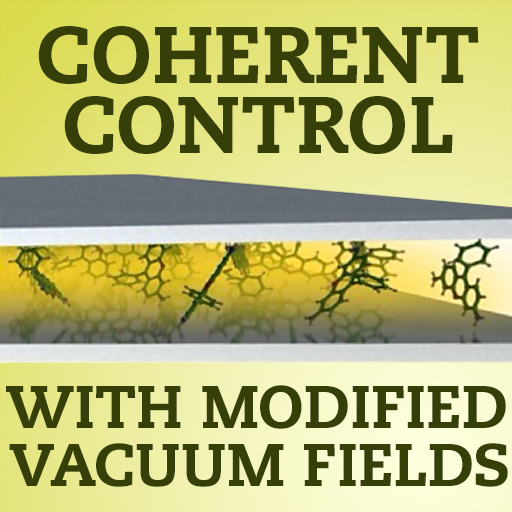Speaker
Description
The use of cavities to impact molecular structure and dynamics has become popular. As cavities, in particular plasmonic nanocavities, are lossy and the lifetime of their modes can be very short, their lossy nature must be incorporated into the calculations. The Lindblad master equation isommonly considered as an appropriate tool to describe this lossy nature. This approach requires the dynamics of the density operator and is thus substantially more costly than approaches employing the Schrödinger equation for the quantum wave function when several or many nuclear degrees of freedom are involved. In this work we compare numerically the Lindblad and Schrödinger descriptions discussed in the literature for a molecular example where the cavity is pumped by a laser. The laser and cavity properties are varied over a range of parameters. It is found that the Schrödinger description adequately describes the dynamics of the polaritons and emission signal as long as the laser intensity is moderate and the pump time is not much longer than the lifetime of the cavity mode. Otherwise, it is demonstrated that the Schrödinger description gradually fails. We also show that the failure of the Schrödinger description can often be remedied by renormalizing the wave function at every step of the time propagation. The results are discussed and analyzed.

